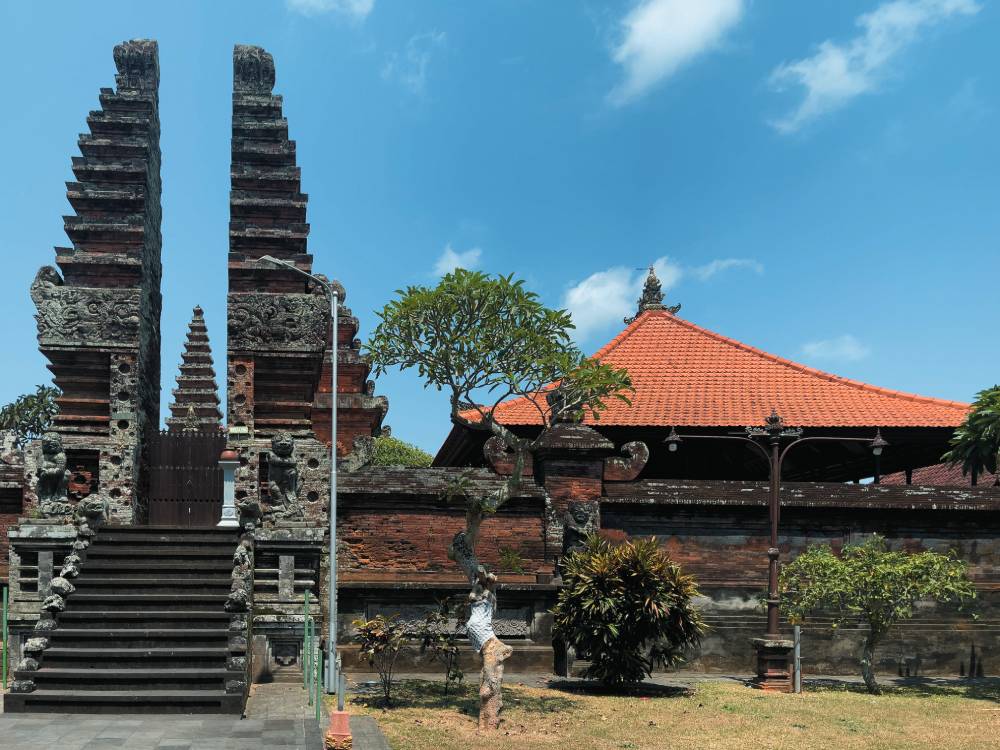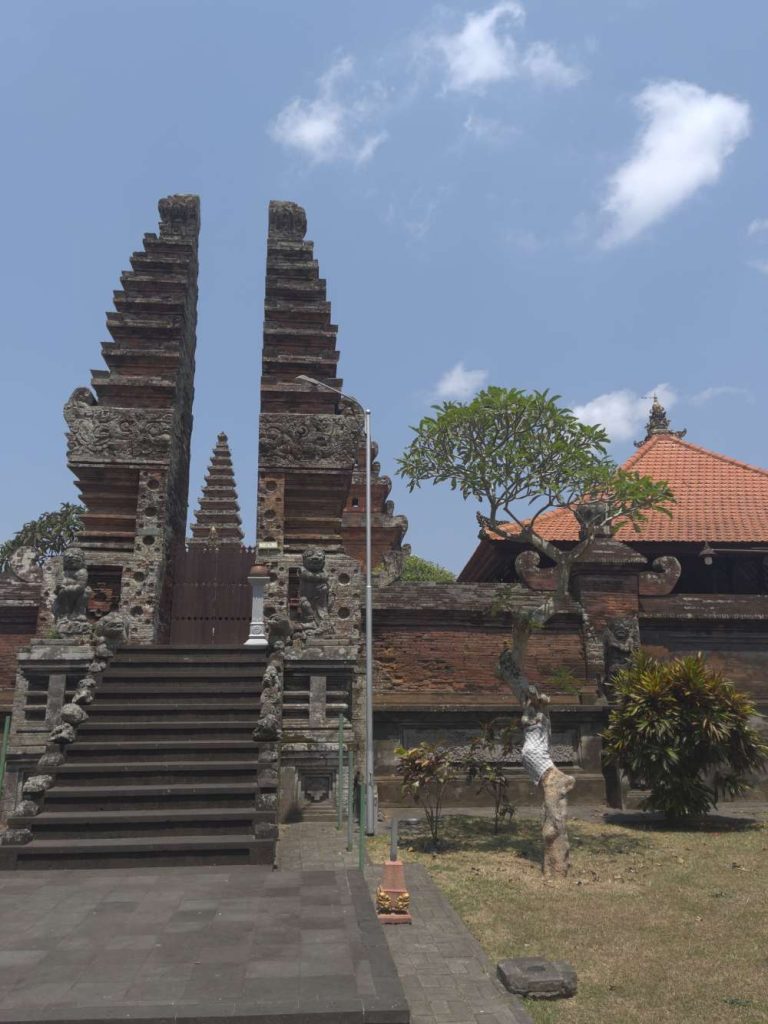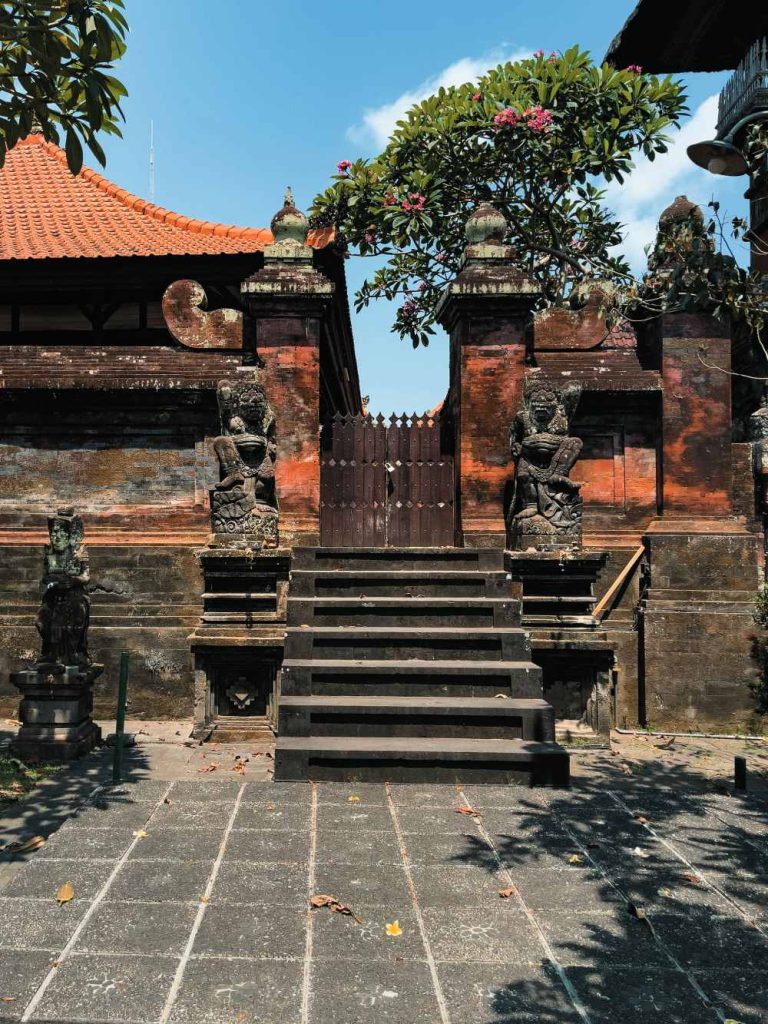
Located in Mengwi, Badung Regency, is the idyllic village of Kapal. Here, unlike the typical Balinese structures using red bricks and teakwood, buildings in Kapal embrace a different aesthetic. There are no signs of the typical Balinese style here, and it’s all connected to the ominous myths surrounding these materials.
The prohibition against using red bricks and teakwood started during the reign of Sri Astasura Ratna Bhumi Banten, also known as Dalem Bedahulu, Bali’s Ruler in the year 1338 AD (or 1260 according to the Balinese calendar). This story is well-documented in ancient Balinese lontar manuscripts, including Lontar Bali Kuno Dalem Bedahulu and Lontar Babad Celuk.
According to the records, when Sri Astasura Ratna Bhumi Banten arrived in Kapal to inspect the village, he noticed the dreadful condition of Pura Puru Sada (Pura Sada). As a king deeply devoted to the well-being of Bali’s temples, he intervened by sending Ki Kebo Iwa and his troops to Kapal to restore the temple.


In their quest to gather red bricks for the restoration, Ki Kebo Iwa and his troops ventured into Tabanan. They collected the required materials and transported them to the courtyard of Pura Puru Sada, carrying them on teakwood planks.
However, before the renovation started, the red bricks mysteriously disappeared, stolen by local villagers. Even the teak planks were broken and knocked down. Kebo Iwa was infuriated by this act and cursed the residents of Kapal, saying “Moga Kena Gering Tumpur Satuwuk”, decreeing that they would suffer misfortunes if they ever used red bricks and teak in their buildings.
Since then, many villagers have continued to believe that disobeying the curse placed upon them would lead to family conflicts and generational suffering. As a result, the tradition of not using red bricks and teakwood has endured to this day. A testament to the enduring power of myths and legends — and superstition in general! — in shaping the cultural practices in Bali.









